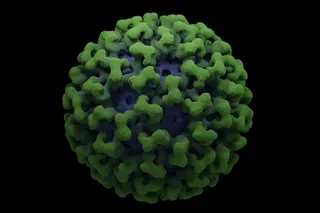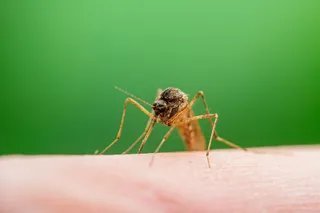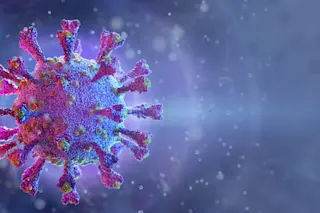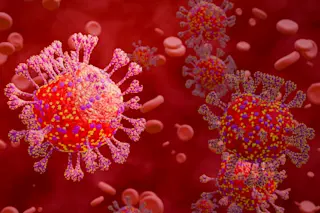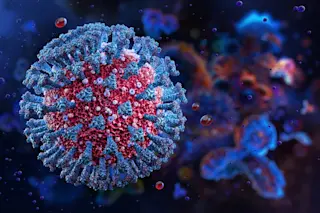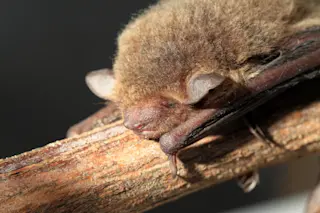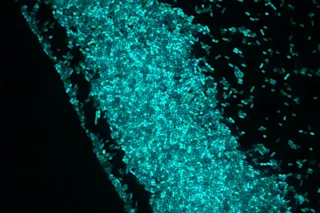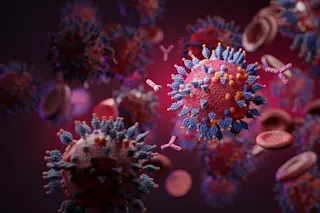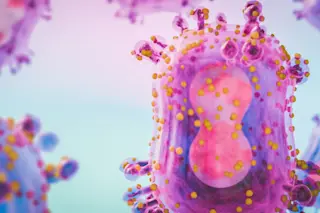I'm sure you'd like to pretend that you have nothing in common with a tapeworm. A tapeworm starts off as an egg which then develops into a cyst. Inside the cyst is a ball-shaped creature with hooks that it can use to crawl around its host before growing into an adult. Many species are made up of dozens or hundreds of segments called proglottids. Each proglottid may be equipped with both eggs and sperm-making organs. As an adult, a tapeworm also grows a head-like end often equipped with suckers or hooks of its own. This strange organ is called the scolex. (The shark tapeworm in this photo is displaying its fearsome scolex.) While the tapeworm lives in the gut of its host, it uses its scolex to clamp down in place, although it may swim around to find an ideal spot from time to time. And from time to time, ...
A Tapeworm Mystery: Which Way Is Up?
Explore tapeworm evolution, from their unique scolex anatomy to the role of Hox genes in their development.
More on Discover
Stay Curious
SubscribeTo The Magazine
Save up to 40% off the cover price when you subscribe to Discover magazine.
Subscribe

